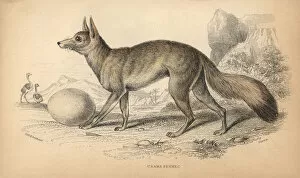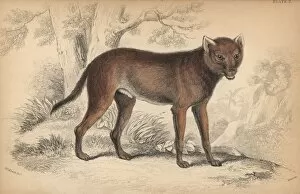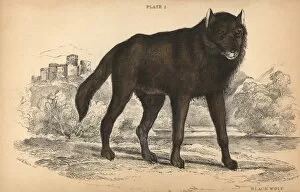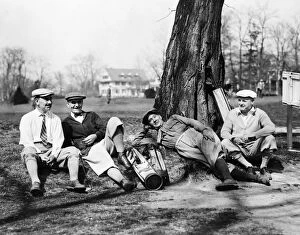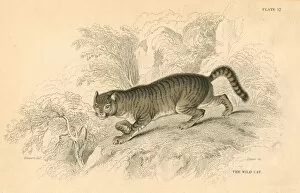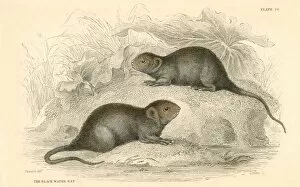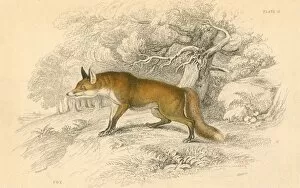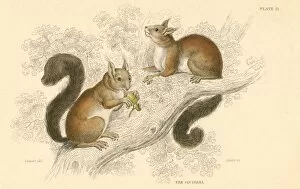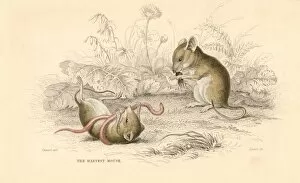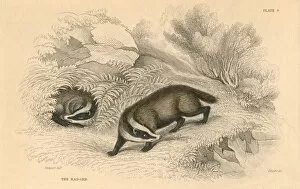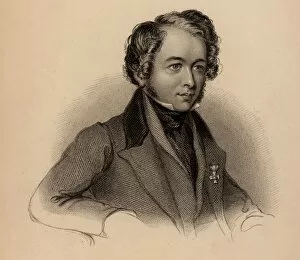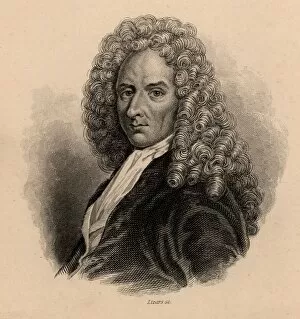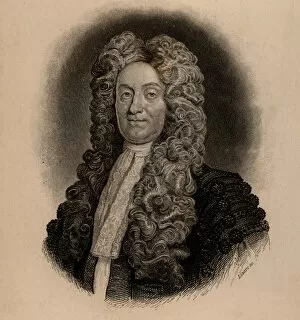Jardine Collection (#9)
"Jardine: A Journey Through Nature's Wonders and Sporting Triumphs" Step back in time to 1933
For sale as Licensed Images
Choose your image, Select your licence and Download the media
"Jardine: A Journey Through Nature's Wonders and Sporting Triumphs" Step back in time to 1933, when Harold Larwood's fiery bowling sent shockwaves through the cricketing world during the M. C. C. Cricket tour in Australia. As spectators marveled at his skill, a Hirundo rustica, commonly known as a barn swallow, gracefully swooped overhead. Amidst the excitement on the field, an Egretta garzetta, or little egret, elegantly waded through nearby waters. Its pure white plumage mirrored the dedication and precision displayed by Jardine - both cricketer and nature enthusiast. In this enchanting tale of wildlife encounters and sporting prowess, we encounter another avian marvel – the White-eared hummingbird (Hylocharis leucotis). Just like Jardine's lightning-fast reflexes on the pitch, this tiny creature dazzles with its rapid wingbeats. But not all creatures are blessed with such agility. The Talpa europaea or European mole burrows tirelessly beneath our feet – much like Jardine strategizing his next move against opponents. As we delve deeper into this captivating narrative of triumphs and challenges alike, we stumble upon Annas hummingbird (Calypte anna), whose vibrant feathers mirror Jardine's unwavering spirit amidst adversity. Yet even heroes can face unexpected obstacles. Remember that fateful day when W. M. Woodfull was struck by a cricket ball at Melbourne Cricket Ground? In that moment of chaos and concern for player safety emerged Jardine - resolute as ever - ready to lead his team towards victory once more. Beyond land-based adventures lie mysterious depths where Mesoplodon bidens lurks – Sowerby’s beaked whale gliding silently through oceanic realms just as effortlessly as Jardine commanded respect on any playing field he graced.


